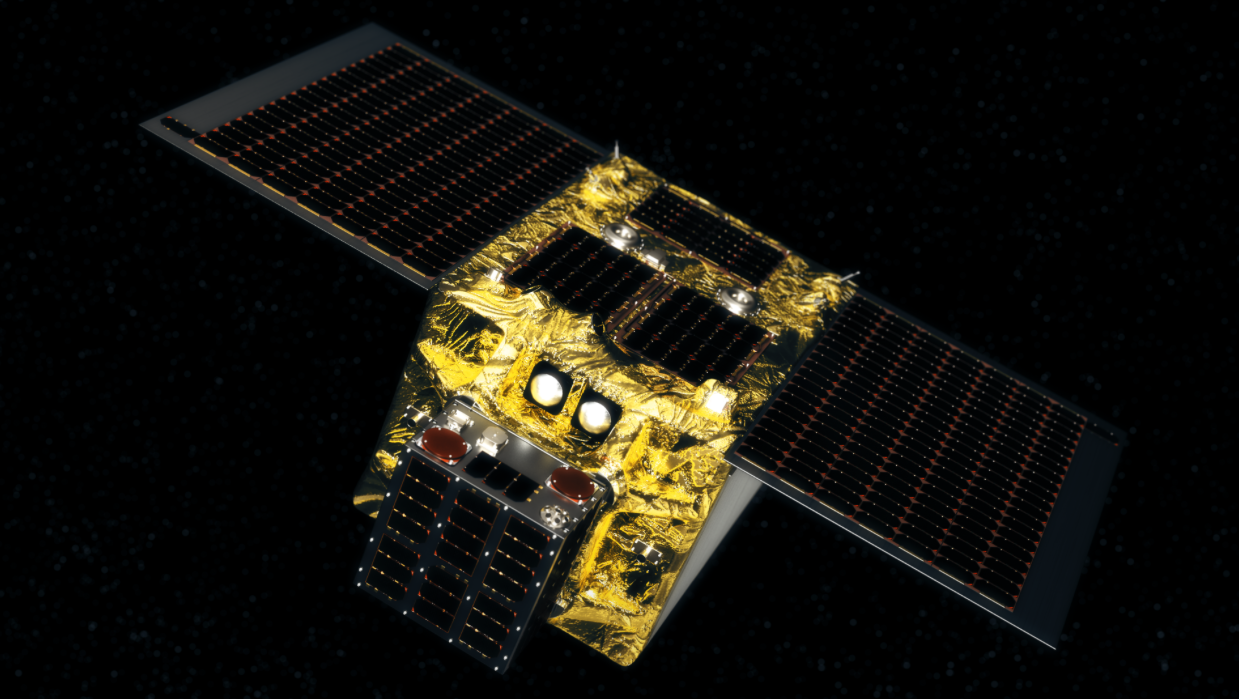
Keeping space free from debris and the potential for dangerous collisions has been addressed by Astroscale UK Ltd. (“Astroscale”), part of Astroscale Pte Ltd, which has properly impressed European Space Agency resulting in an agreement to exchange data and expertise related to space debris collision avoidance, environmental monitoring of debris and the development of monitoring techniques.
There are more than 750,000 pieces of debris larger than 1 cm in size in Earth orbit today; any impact with a functioning satellite, like those used for vital telecom or weather forecasting services, is potentially mission ending. One major source of debris are explosions and breakups from the approximately 3000 defunct satellites and large rocket upper stages now in orbit. Studies have demonstrated that the situation can be stabilised, but this means that approximately five of these derelict objects must be actively removed from orbit each year.

The Astroscale/ESA technical agreement relates to Astroscale’s ‘End-of-Life Service by Astroscale- demonstration’ (ELSA-d) mission. ELSA-d will consist of two spacecraft, a Chaser and a Target, stacked together for launch and initial deployment into orbit. Then, the Chaser will repeatedly release and capture the Target in a series of live demonstrations to prove the technology necessary for debris removal, including rendezvous and docking and proximity operations.
Under this no-funds-exchanged agreement, ESA will provide Astroscale with collision assessments for the ELSA-d Chaser satellite, including collision avoidance manoeuvre recommendations and screening. This is similar to the services provided for ESA’s own and other European missions by ESA’s Space Debris Office, located in Darmstadt, Germany.
ESA will also present a request for tracking support for the ELSA-d Target and Chaser satellites to the International Laser Ranging Service (ILRS), which will include both the Target and Chaser on the ILRS’ list of objects to be followed.
Astroscale will install satellite laser ranging reflectors on the Chaser and Target satellites to enable high-precision orbit determination and provide GPS measurements at least twice a day.
Director of Astroscale UK Ltd, John Auburn, commented that Astroscale is launching its pioneering ELSA-d mission in early 2020 and is delighted to work with ESA in several crucial technical areas. ELSA-d is scheduled to be operational for around six months, so it is great to utilize its time in orbit to collect useful scientific data in addition to testing our de-orbiting technologies. The additional data collected from the instrumentation on ELSA-d will provide Astroscale and ESA with vital orbit and maneuver information.
The agreement also provides ESA with access to camera time over three observation periods. The camera will be used to test the principle of detecting small pieces of space debris crossing the field of view, which will generate important data to be used by ESA in developing a future, larger optical instrument. ESA and Astroscale will further work together on the feasibility of the observation approach and identify a workable solution.
In return, ESA will provide support and advice on its flight-proven ground control software products that will be used by ELSA-d, primarily through the review of mission control design documentation and advice on configuration and system validation and testing.

